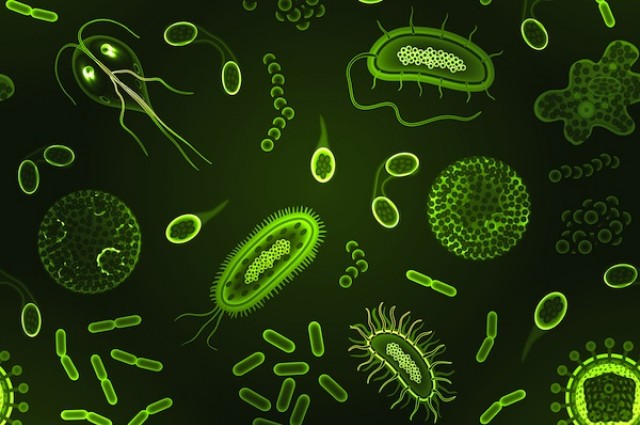A post of interest from Noah Fierer.
Let’s say a microbial ecologist wants to identify which bacteria are active in a given environmental sample at a given point in time. For example, you may want to determine which bacteria are active in a desert soil after a large rainfall event. This is often done by comparing the representation of microbial taxa in the RNA pool versus their representation in the DNA pool. The assumption is that the DNA captures both active and inactive (or dormant) taxa while analysis of the RNA pool allows one to identify the more active members of a given community. In other words, taxa that are over-represented in the RNA pool (i.e. those with high rRNA:rRNA gene ratios) should be more active. This paradigm is firmly entrenched and rarely questioned. However, this paradigm is also likely false – or at least a gross oversimplification.
See more here: Is RNA a useful measure of microbial activity? – Fierer Lab
